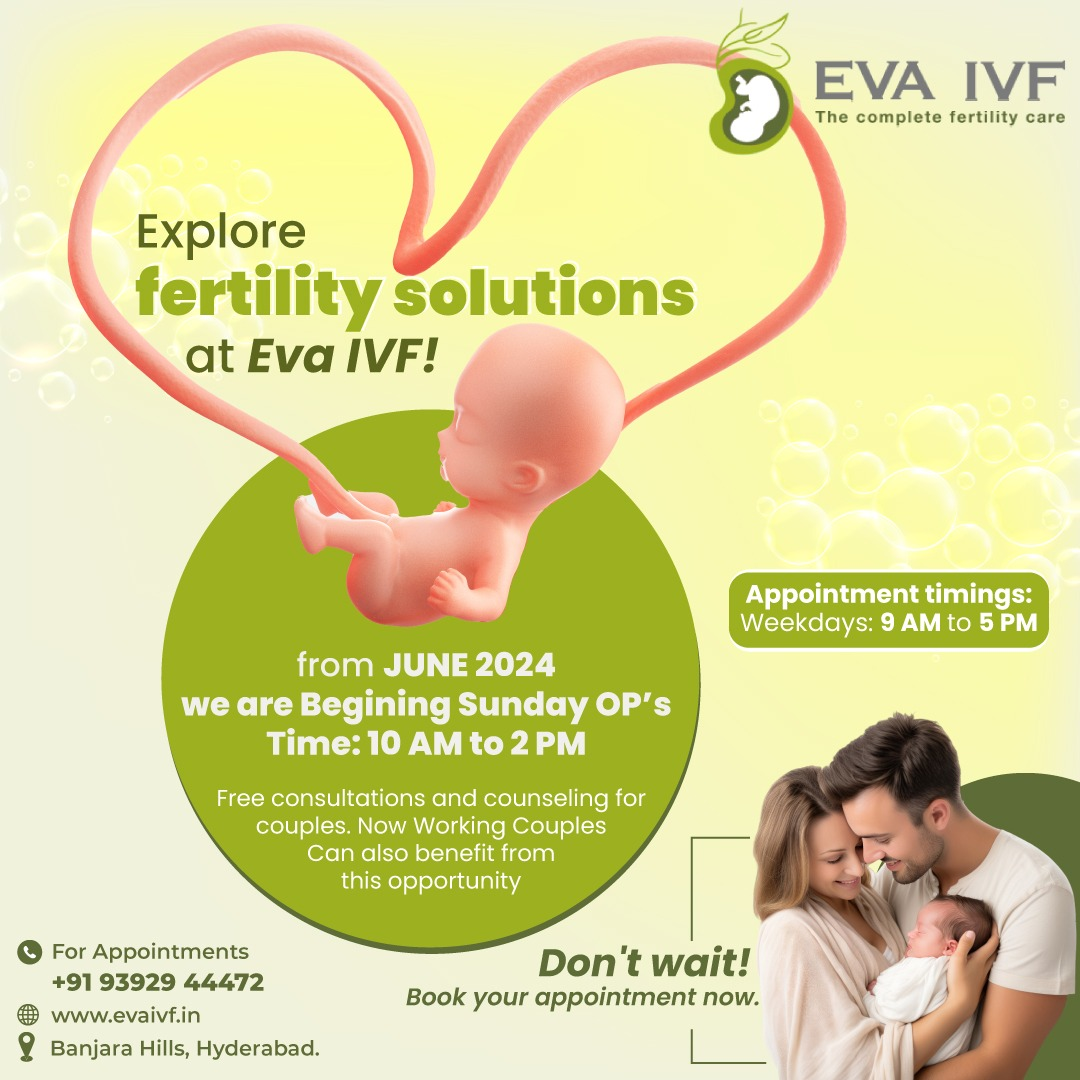What is the IVF process start to finish [Complete Guide for Couple]
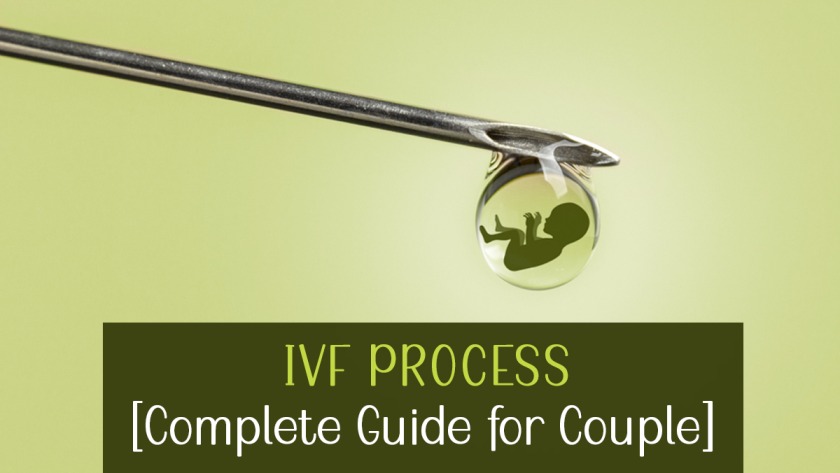
What is the IVF Process?
In Vitro Fertilization (IVF) is a well-known reproductive technique that involves a series of treatments that result in the development of an embryo. In this procedure, mature eggs are extracted from the ovaries and fertilized in a specialized laboratory using a man’s sperm.
When a man or a woman is experiencing infertility, doctors may recommend IVF. Infertility concerns are influenced by a variety of pregnancy factors as well as the health of the couple. Infertility concerns are influenced by a variety of pregnancy factors as well as the health of the couple. IVF procedures are now simpler and less painful, increasing women’s chances of becoming pregnant.
Based on your infertility issues the IVF specialist will provide you with a treatment plan and this may start before the first day of your cycle.
Five basic steps to understand the complete IVF process.
1. Ovulation Induction
IVF professionals may propose the ovulation induction technique to patients based on their health or body type. It usually begins on the first day of your monthly period. The fertility nurse will assist you in determining your day one. In this procedure, injectable medicine causes the ovaries to generate many eggs instead of just one.
The proper medication aids in the production of more eggs at the right moment, prevents premature ovulation accurate oocyte maturation, produces the lining of the uterus, etc.
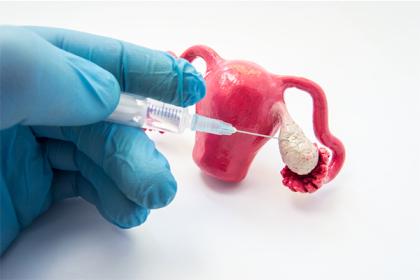
2. Egg retrieval
The IVF specialist takes the mature eggs from the ovaries during this procedure. This is a painless procedure that should take no more than 30 minutes to complete. An anesthetist will provide an anesthetic to ensure that you are asleep and pain-free during the procedure.
A thin needle with a suction device is inserted into your vagina and goes into each ovarian follicle, trying to pull out the fluid containing eggs at the same time. The doctor removes the eggs and sends them to the laboratory based on your age and clinical history. The doctors take all necessary precautions and safety measures to ensure your comfort during the procedure, and you will be completely fine after 30 minutes.
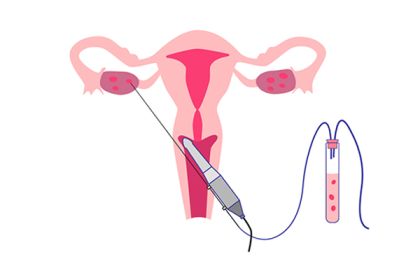
3. Insemination and fertilization
The fusion of sperm and eggs is called insemination. In this process, men’s sperm is mixed with the best quality of eggs in a specialized laboratory. Here you can consider fresh form sperm that has been collected just before the egg retrieval process or you can use a preserved donor sperm.
The sperm and eggs are kept in an environmentally controlled chamber until they are ready for natural fertilization. In either case, the doctor prefers the ICSI method to increase your fertility and pregnancy cycle.
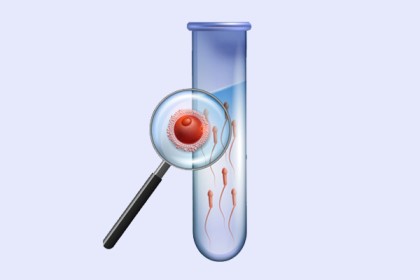
4. Embryo development
Doctors, in particular, create a growing environment and scrutinize every possible aspect in order to form the best embryo. Embryo formation typically begins about 17 hours after fertilization. Embryologists monitor the embryo’s development over the next 3 to 5 days. The specialist’s goal is for all embryos to develop into blastocysts (roughly 100 cells). Unfortunately, not all embryos reach this stage.
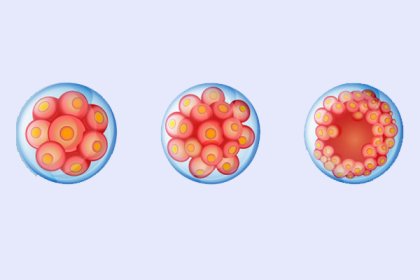
5. Embryo transfer
Embryo transfer is performed in a doctor’s clinic on the 3rd or 5th day using simple procedures. The developed embryo is transferred to the women’s uterus during this process, resulting in a complete pregnancy.
It is accomplished by inserting a thin tube containing the embryo into your vagina, then through the cervix and into your uterus. You will be kept awake throughout the entire procedure since there will be no anesthesia for the process. You can get up right after the embryo transfer, and the embryo will be safe because it is now secure in the mother’s womb.
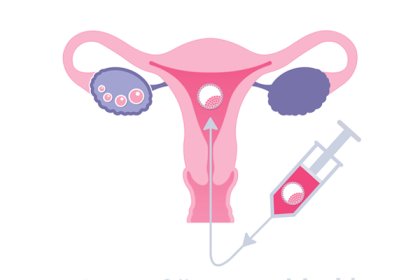
Natural Ways to Boost Your Fertility: Healthy Diet to Improve Your Fertility
Categories: ivf process
Tags: ivf procedures, ivf process, ivf treatment



